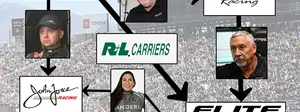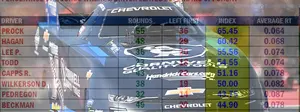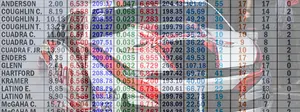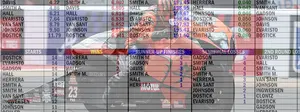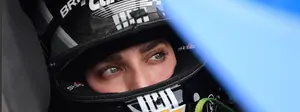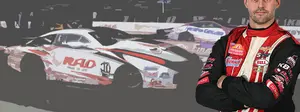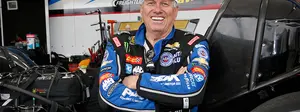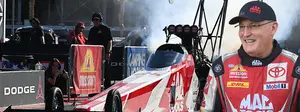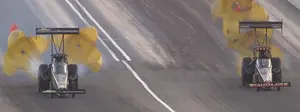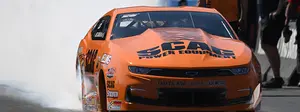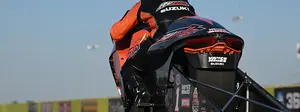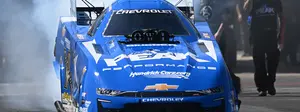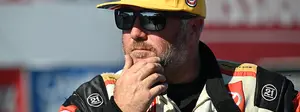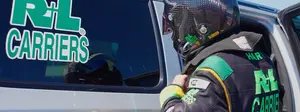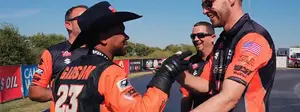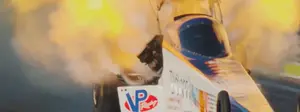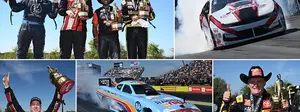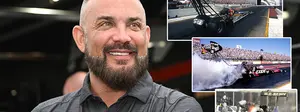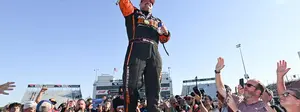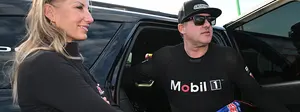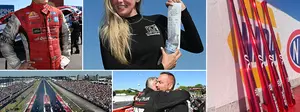

How Warren Johnson thinks Pro Stock spent "41 days off" preparing for the Virginia NHRA Nationals
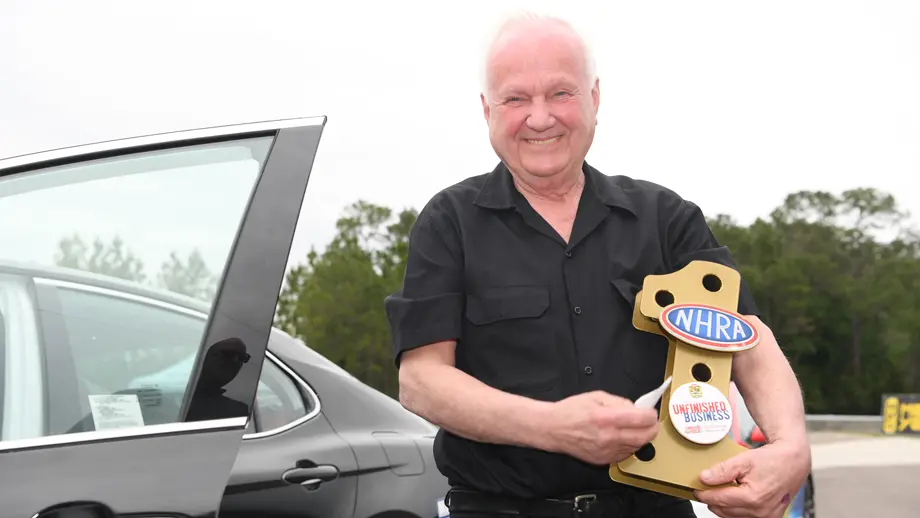
Warren Johnson never took a vacation while campaigning Pro Stock full time on the NHRA circuit, and while the veteran tuner and racer is not retired, he’s also not racing at the Virginia NHRA Nationals. There are 17 Pro Stock cars entered for the first race back after 41 days between competition, giving teams time to hit the books – something The Professor is all too familiar with.
“When you looked at the 24 races and all the test time and the appearance obligations, we had 288 days a year that we were on the road. That left us about 80 days to do our test time,” said Johnson. “It would have been a godsend for us to have that kind of time to do development work. If we'd had that kind of time before, we'd probably have even more wins and championships than we were lucky enough to win. Honestly that’s true for both me and Bob Glidden, who was working with a similar operation to me.”
Teams are understandably cagey about the potential for immediate improvement entering Richmond. Johnson also acknowledges that gains found at the race shop and through testing may be difficult to suss out from timeslips and will likely be attributed to the great racing surface at Virginia Motorsports Park and the weather conditions in Richmond. But those 41 days will add up as the season goes on.
Johnson says the teams likely attacked their six weeks of downtime in two areas: Power and power application. So, dyno time and finding a way to get that power to the ground. That’s an oversimplification, but the two biggest areas you’ll see those areas show up are up to the 330-foot block and in quarter-mile mph.
“The dyno really validates your ideas,” said Johnson, who estimates he’d try to get 10 dyno pulls in a day during an elongated break. “Once you’re fortunate to find power someplace you still need to find a way to get that power to the ground. You develop all that power and you still need to find a way to get that power to the ground through something made of string and rubber called a tire.
“There’s all kinds of power that you can work on. You obviously work where you can gain the most amount of elapsed time and that’s the first 330-feet of the racetrack. That’s where you’ll spend the most amount of development time as far as at the racetrack. But congruent with that if you’re going to go faster you still need more applicable power.”
Johnson broke the 200-mph barrier in Pro Stock at Virginia Motorsports Park back in 1994.
Teams encounter problems every time they head to the racetrack, but they also find opportunities for testing and what Johnson often refers to as “deeper thinking.” Many of those thoughts can’t be fully expressed or tested while trying to improve a qualifying position or move to the next round – that’s the kind of opportunity presented by an extended period to test. Getting the time to sit down and flex those muscles would be near the top of Johnson’s priorities.
“You would prioritize what you think you should be working on,” said Johnson. “You might start with one thing and that leads you to another area and that leads you somewhere else. That’s why research and development takes so long at times – because you really are delving into the unknown; or at least, the unknown to you. Some other teams may have already plowed that ground before, but since there’s a substantial lack of information sharing everyone has to do their own development work.”
Johnson readily admits he’s not in the loop with the Pro Stock community like he once was (he last officially tuned Matt Hartford’s Pro Stock car in 2017) but The Professor will have his eye on the Virginia NHRA Nationals. The event kicks off in Richmond on Friday. Tickets are available here.























